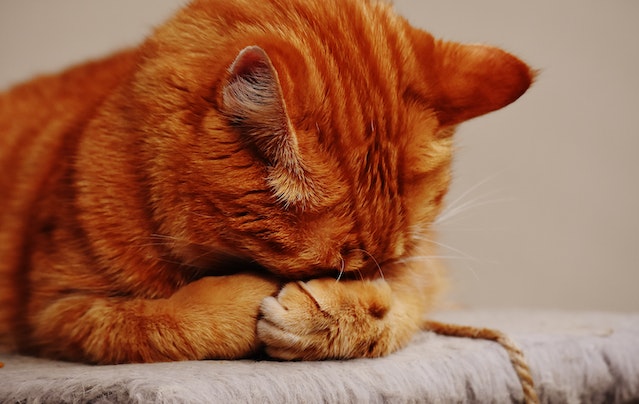Have you ever looked at your cat and wondered what it was trying to tell you? Contrary to popular belief, cats are actually very communicative creatures. While they may not talk like we do, cats have a wide range of vocalizations and body language that helps them communicate their wants and needs. In this blog post, we’ll provide 10 tips to help you understand what your cat is saying. You’ll learn how to pick up on subtle cues like tail position, ear movements, and purring. With these tips, you’ll be able to decode your cat’s behavior and become a better pet owner. So let’s get started!
1) Look at their tails
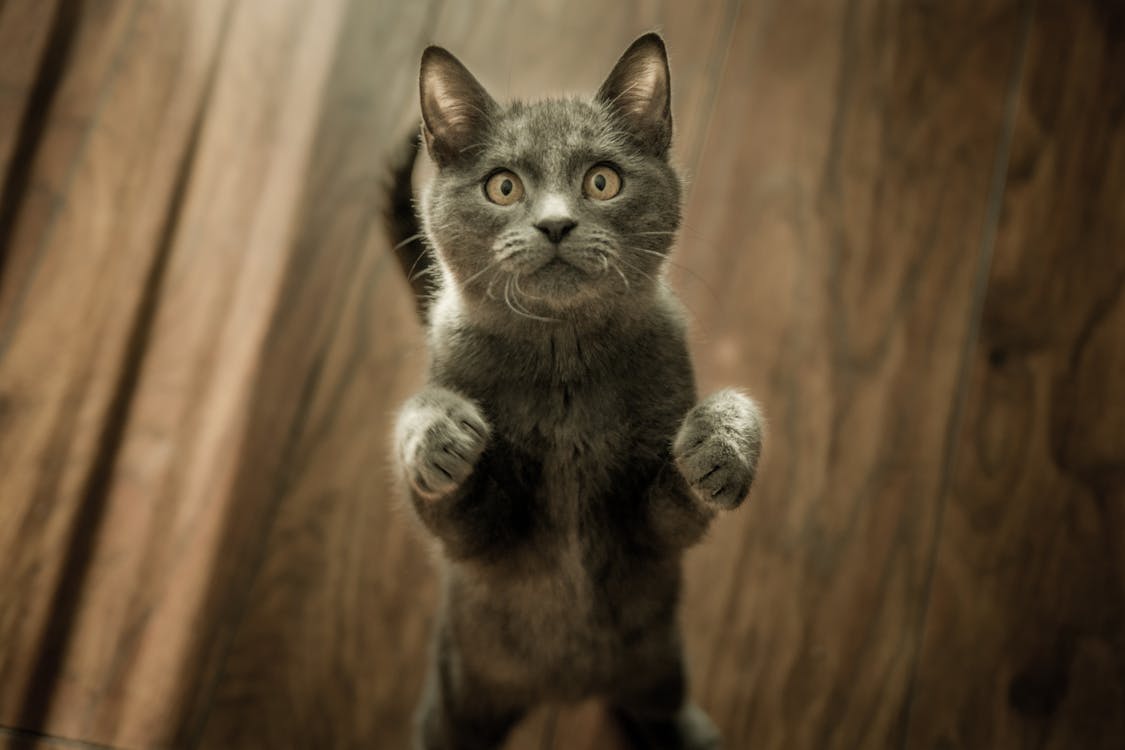
Tails can tell a lot about a cat’s mood. A relaxed cat usually has their tail upright, while an agitated cat’s tail will be low and their fur will stick out. A nervous cat’s tail may even twitch. Pay attention to the position of your cat’s tail to get an idea of their mood. Other tail movements, like wagging or swishing, can also give a clue about your cat’s thoughts.
2) Ears back?
When your cat’s ears are back, it usually indicates fear or anxiety. They may also feel threatened. Pay attention to other body language to better assess their emotion. If their tail is twitching, they may be tense or ready to pounce. Or if their fur is standing on end, they are likely feeling scared and may want you to back off.
3) Flattened ears

Ears that are flattened against the head can mean fear or aggression. If your cat is feeling threatened or angry, this could be a warning sign for you to back away. Also, observe your cat’s other body language. If their tail is twitching or lashing, it could be a sign that they are ready to pounce.
4) watch their whiskers
Pay attention to your cat’s whiskers. If they are pulled back, it may indicate fear or aggression. If they are forward, your cat may be curious or feeling friendly. Similarly, if your cat’s fur is standing up, it could be a sign of aggression or fear. Be mindful of your cat’s posture and whiskers, and use that information to gauge their mood.
5) Check out their pupils
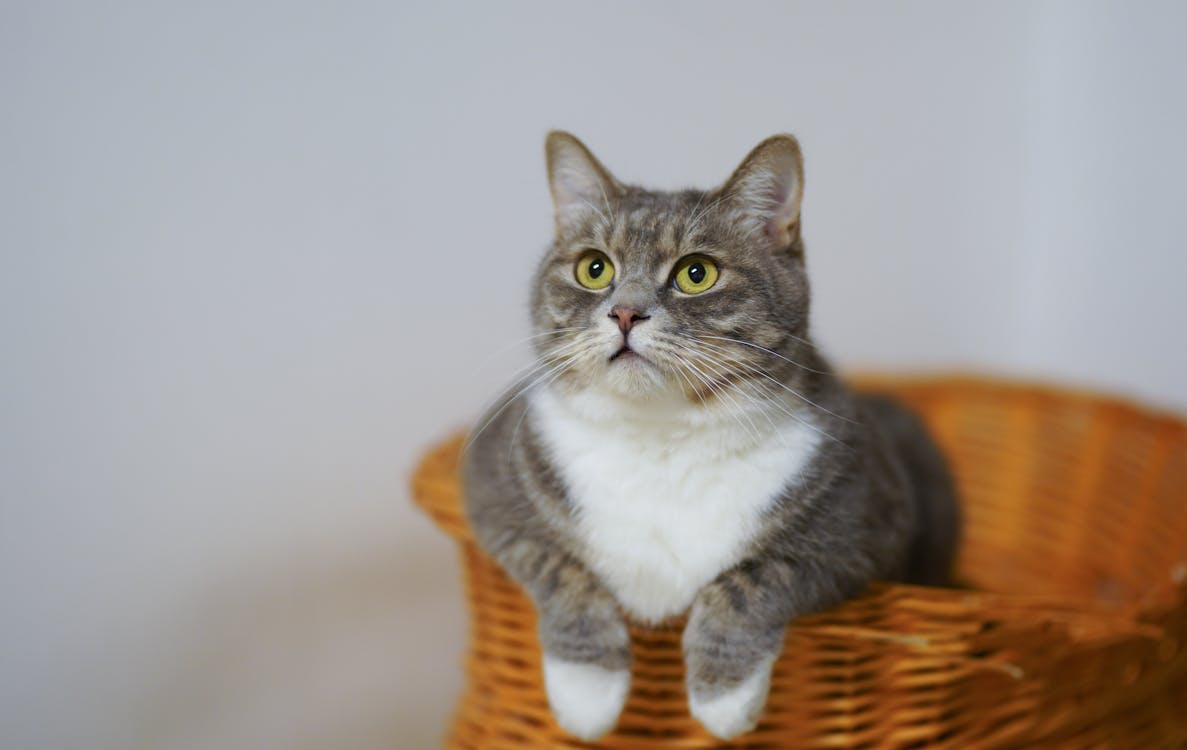
A cat’s purr is one of the most common sounds they make. It’s often seen as a sign of contentment, happiness and comfort. They may purr when they’re being petted or held. However, they can also purr when they’re stressed or in pain. Look out for other body language signs, such as dilated pupils, to get a better understanding of what your cat is trying to tell you.
6) Yawning
Yawning is a sign of contentment in cats. It can also be a sign that your cat is feeling relaxed and comfortable in their surroundings. Pay attention to your cat’s yawning, it could be an indicator that they’re ready for a nap! If your cat starts yawning and stretching, they could be trying to tell you it’s time for a break.
7) Grooming
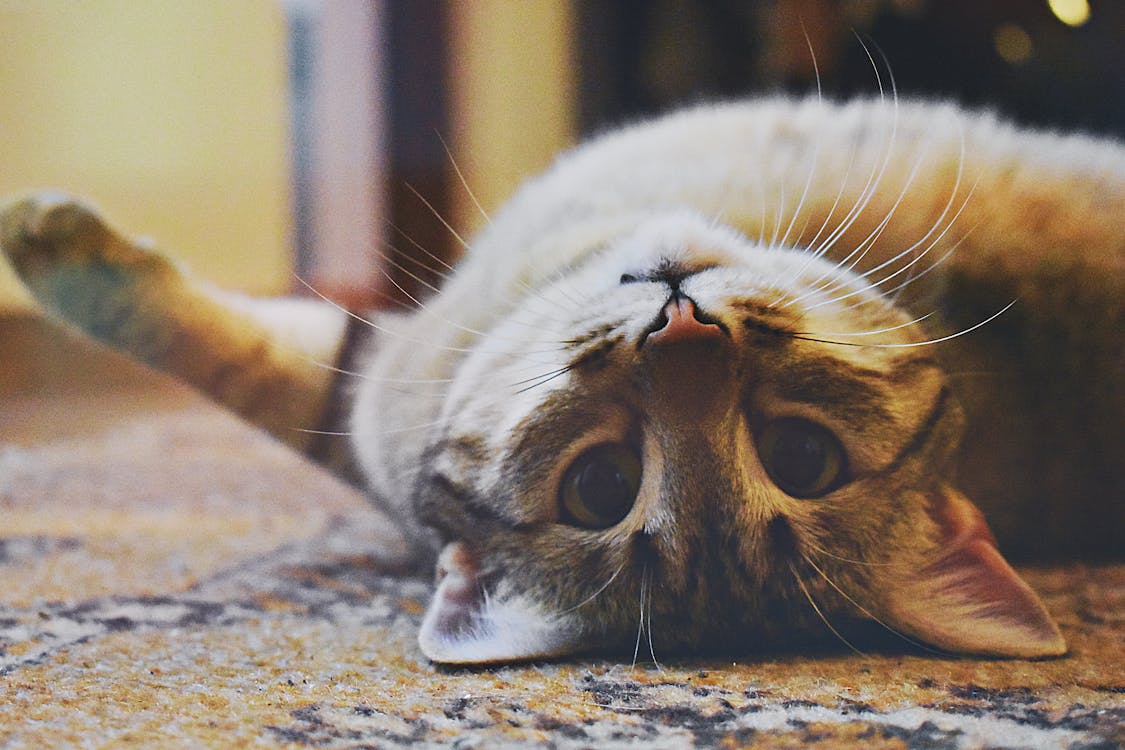
Cats often groom themselves to show contentment or happiness. When your cat licks or grooms itself, this could mean that it is feeling relaxed and comfortable. It’s a good sign if your cat is grooming itself around you. If your cat starts grooming you, this means that it really trusts you and sees you as a part of its family.
8) Rubbing
When your cat rubs against you, it’s an affectionate way of marking you as part of its territory. Cats also rub against things to leave behind their scent. It’s a sign of trust and love, so enjoy the moment! Purring and kneading are also signs of contentment. Other behaviors like meowing, hissing, and growling can indicate that your cat isn’t happy. It’s important to pay attention and try to understand what your cat is trying to tell you.
9) Kneading
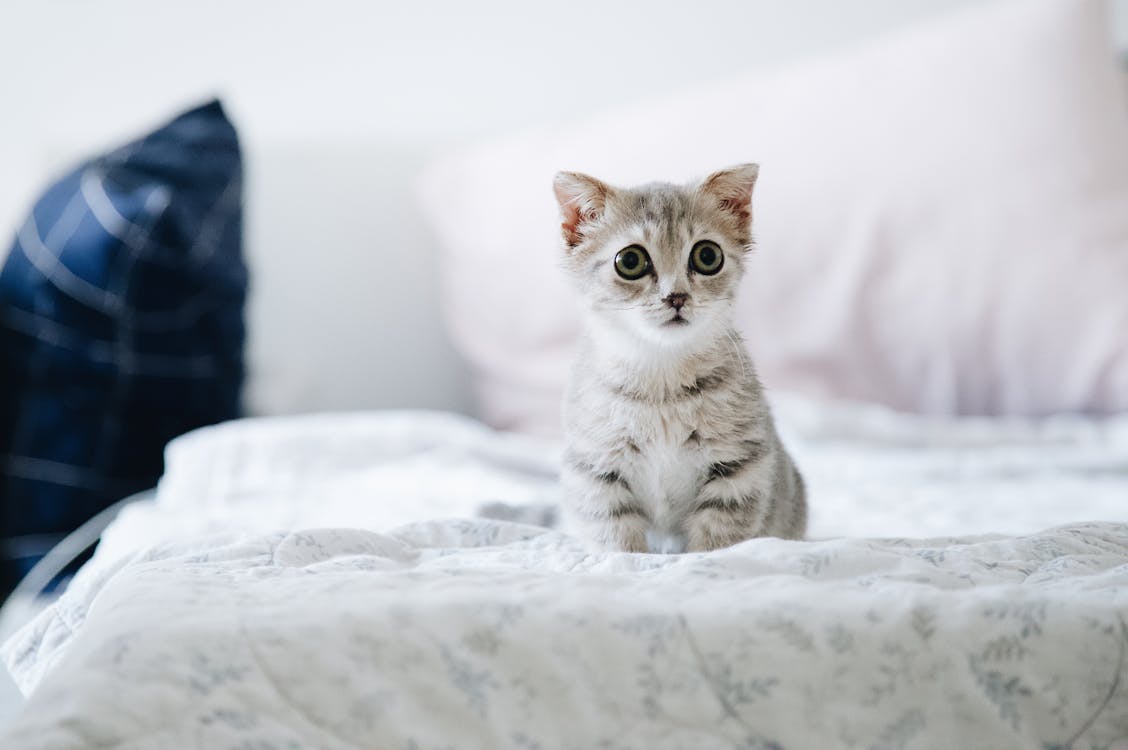
Your cat will push their paws against you, usually while purring. This is a sign of contentment, your cat showing affection and expressing happiness. The kneading motion can also be a sign that your cat needs a bit of comfort or reassurance. If your cat starts kneading you, it might be a sign that they need a little extra love and attention.
10) Purring
A content cat will often express its happiness with a purr. It’s usually a soft, low-pitched sound that is indicative of comfort and pleasure. Pay attention to your cat’s purring to understand what it’s feeling. Not all purrs are the same, so listen closely. A more drawn-out, louder purr can indicate something else – like your cat wants a snack!


